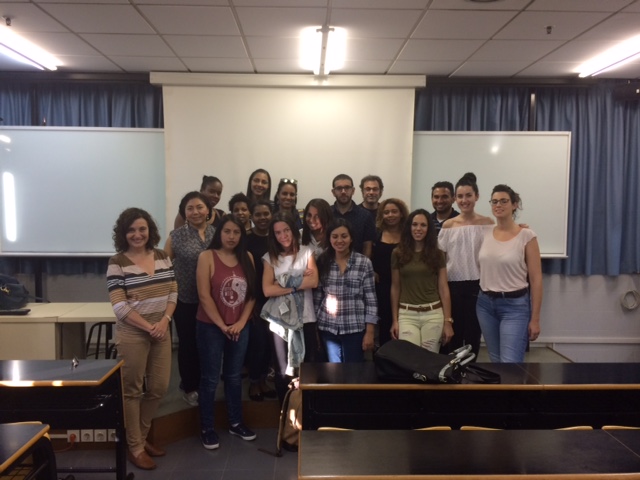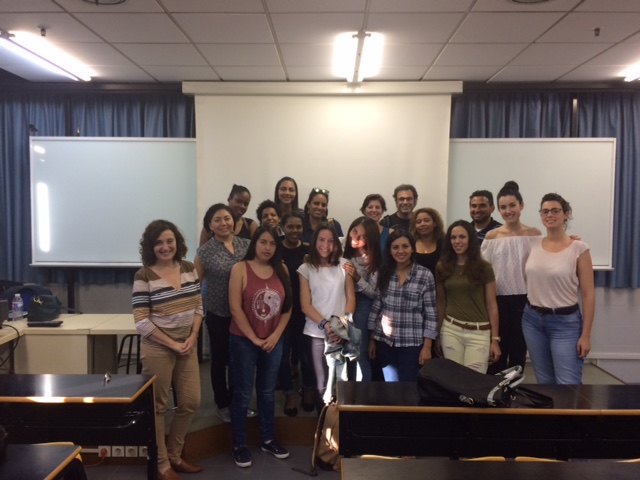
El Niño is an environmental phenomenon that occurs cyclically and will soon begin. Its effects, such as flooding, can be devastating global. Can El Niño have some effect on the Zika?.
4 february 2016
What is El Niño?
El Niño is a climate phenomenon related to the warm of the east equatorial Pacific, which manifests in cycles of between three and eight years, according to the geographer and geologist Arthur Strahler. This episode consists of the warm phase of the climate pattern of the equatorial Pacific called El Niño-Southern Oscillation (ENSO), where the cool phase receives the name of La Niña.
This phenomenon, in its most intense manifestations, causes havocs in the intertropical and equatorial zone due to heavy rains, mainly affecting the coastal region of the Pacific of South America, but it is said that its effects will be noted worldwide.
Can El Niño have some effect on the Zika virus?
The mosquito Aedes aegypti reproduces in still water. Extreme droughts, floods, torrential rains and temperature rises are, among others, the effects of El Niño –a warming of the central and east part of the equatorial Pacific ocean. With the expansion of the favourable spots for reproduction is expected a risen in the number of mosquitos. According the World Health Organisation (WHO).
The WHO defends that measures to prevent and reduce the effects of El Niño in health, in particular reducing the mosquito populations that spread Zika virus, can be taken. The WHO and its partners collaborate to provide support to the ministries of health with the objective of improving the preparation and response to El Niño. Its methods of operation are the following:
- Strengthening the interventions that allow for the control of mosquito populations, for example, the source reduction measurements addressed against the main reproduction spots of the mosquitos, distribution of larvicides (insecticides that attack particularly the larvae of the Aedes mosquito) to treat still water which any other treatment (cleaning, emptying, covering, etc.) cannot be used.
- Strengthening the surveillance of the vectors (for example, numbers of reproduction spots in a specific zone) and carrying out a monitoring on the effect of the actions taken against the mosquito populations.
- We can also take actions in our homes to reduce the mosquito populations. The containers that may contain water, even in small quantity, such as buckets, flowerpots and old tyres have to be emptied, cleaned or covered so that the mosquitos cannot used them as breeder’s (even during long droughts).
Published by: Paula Tomás Gimeno











